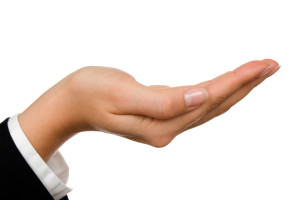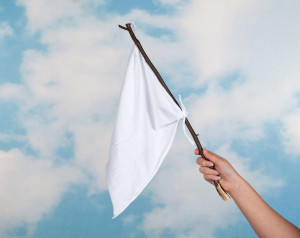There is a lot of discussion among sales experts about value-based pricing. It’s supposed to be better than more traditional methods such as cost-plus and me-too pricing. And it is, but it’s still not the complete answer to the question of what something should or could be sold for. To understand why, let’s start with a really stupid question:
What’s the value of a bill?
This isn’t a trick question; the answer is clearly .
Now, let’s ask a different question: how much could you sell a $20 bill for?
Value is what something is worth, but the real number salespeople care about is what someone will actually pay for it, and the two numbers don’t have to match. In fact, they can be way different.
Let’s run a little thought experiment. Suppose you went out to try to sell the $20 bill. How much could you get for it? Imagine that you went out to the local mall or wherever people hang out and walked up to complete strangers and asked them how much they would give you for it.
I haven’t tried this myself, but I would bet that no one would pay you what it’s worth. Why should they? They are no better off, so why go to the effort or take the risk to make the exchange? At best, most people would offer you $19 (let’s keep it simple and assume there’s no change). It’s the highest price they would be willing to pay and still be better off.
But I would guess that you would find very few takers even at $19, at least not without some serious sales efforts. You would have to answer a lot of questions to allay the buyer’s suspicions. How do they know the bill is real? How do they know you will actually hand it over when they’ve paid? What’s wrong with it? Where has it been?
Let’s run a few more scenarios:
Do you think it might make a difference if you were wearing a suit and tie as opposed to a ragged t-shirt and shorts?
What if you had 20 ones instead of a $20 bill, and someone came up and said, “I’m baby-sitting 15 kids, and I promised I would buy them sodas, but the only place I can buy sodas is at this machine, which only takes dollar bills.” He may not be happy about it, but I bet he would sell you his twenty for fifteen ones.
The next guy comes up and has a different need. “My boss gave me a bunch of fives and told me I have to find a crisp twenty dollar bill for a promotion he’s running, and I need it right away.” He may not be happy about it, but I bet you could get him to fork over $25 for your twenty.
Maybe you have those new colorful counterfeit-protection twenties, and no one has seen them yet.
One guy listens to your pitch and says he would love to help you, but all he has on him is fifteen bucks.
Another person comes up and tells everyone gathered around: “There’s a kook at the other end of the mall who can’t stand the sight of Andrew Jackson, and he’s willing to trade his twenties for one Hamilton or two Lincolns.”
Or another vendor sets up shop ten yards away and tells all comers he will beat your prices by a dollar. How much could you get for your twenties then?
You’ve been given a stack of twenties and told you must sell them all before closing time as a condition of employment. It’s ten minutes to closing time, and you still have a few left, with just one or two people walking by. And one of them is the nice guy who only had fifteen bucks on him.
On the other hand, do you think it’s possible to sell the $20 bill for more than $20? Actually, it’s not that difficult, and I can say this because I have done it in real life—many times in fact—just to prove a point. The highest price I’ve received is $51 for a $20 bill. (It involves a special type of auction, which you can find in some negotiations books, but I won’t divulge it here for obvious reasons. The first five callers get the secret for free.)
So What?
While these scenarios might be a bit contrived, any salesperson can recognize credible analogies in their daily sales efforts. And that’s for a product that has an exact, measurable “value”, which almost never is the case in real-life sales.
The point is that value may be a precise number, but willingness to pay is personal, situational, and psychological. That’s the world that salespeople live in, and that’s why value is an inadequate guide to determining what something can be sold for. In our next article, we will examine the anatomy of willingness to pay.





